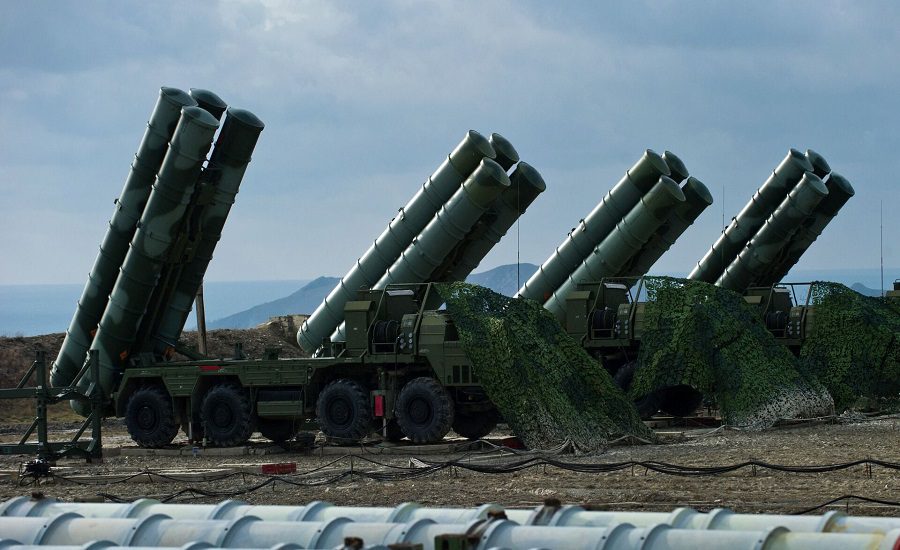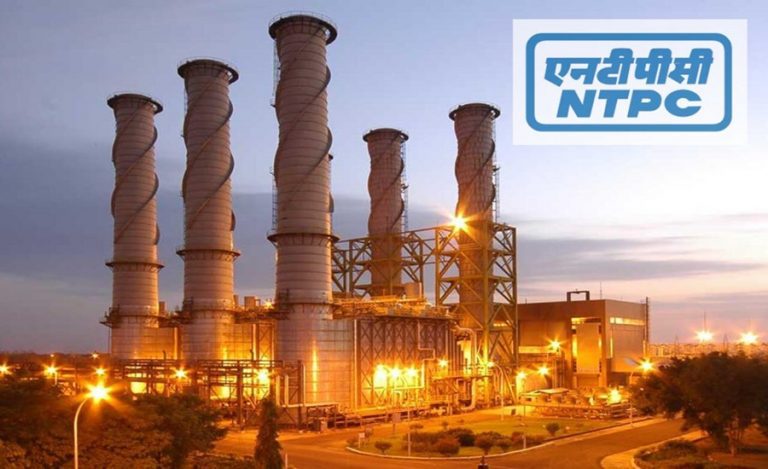New Delhi: India’s defence ministry is moving swiftly to procure 300 missiles from Russian state-owned ROSOBORONEXPORT to replenish the S-400 air defence systems that were extensively deployed during Operation Sindoor in May 2025. The acquisition, valued at over ₹10,000 crore, is expected to be completed within the current financial year following approvals by the Cost Negotiation Committee and the Cabinet Committee on Security (CCS).
Strengthening Air Defence After Operation Sindoor
The S-400 systems played a critical role during Operation Sindoor, helping neutralize Pakistani aircraft, armed drones, and even a wide-bodied aircraft in Punjab at 314 km range. The extensive utilisation highlighted the system’s strategic value, prompting India to replenish its stock and expand air defence capabilities.
In addition to replenishing the existing S-400 stock, India is considering purchasing five additional S-400 squadrons to further enhance its aerial defence architecture.
Evaluating Next-Generation Systems
Alongside the S-400, the Indian armed forces are assessing the Russian Pantsir missile system to counter armed and kamikaze drones. This layered defence approach aims to provide protection against a variety of aerial threats.
Reports indicate that India may also consider procuring two to three squadrons of Sukhoi-57 fifth-generation fighter jets as a temporary solution until the indigenous Advanced Medium Combat Aircraft (AMCA) becomes operational by 2035. Discussions at the upcoming India–Russia summit between Prime Minister Narendra Modi and President Vladimir Putin on December 5 could include additional acquisitions, possibly involving the S-500 air defence system and expanded joint defence projects.
Strategic Implications
The S-400’s success during Operation Sindoor forced Pakistan to shift operational aircraft to bases near Afghanistan and Iran, demonstrating the deterrent capability of the system. The replenishment of missile stock and potential acquisition of additional squadrons and systems reflect India’s commitment to maintaining operational readiness and strategic air defence superiority, while strengthening long-standing defence ties with Russia despite geopolitical complexities.
S-400 Capabilities and Specification
The S-400 missile system, deployed during Operation Sindoor, showcased its formidable air defense capabilities, establishing a robust protective shield over strategic areas. With its advanced 3D phased-array radar, the system can detect targets at ranges up to 600 km and track hundreds of aerial objects simultaneously. Its multi-layered missile arsenal includes short-range, medium-range, long-range, and very-long-range missiles, capable of engaging aircraft, drones, cruise missiles, and certain ballistic threats at altitudes up to 30 km. During Operation Sindoor, the S-400 effectively intercepted moving targets with high precision, forcing adversarial aircraft and missile launches to abort. Its rapid deployment, integrated command-and-control network, and ability to engage multiple threats at once allowed seamless coordination with India’s broader air defense infrastructure. The system’s combination of long-range reach, fast reaction time, and radar sophistication made it a decisive deterrent, enhancing situational awareness and ensuring air superiority throughout the operation.



























